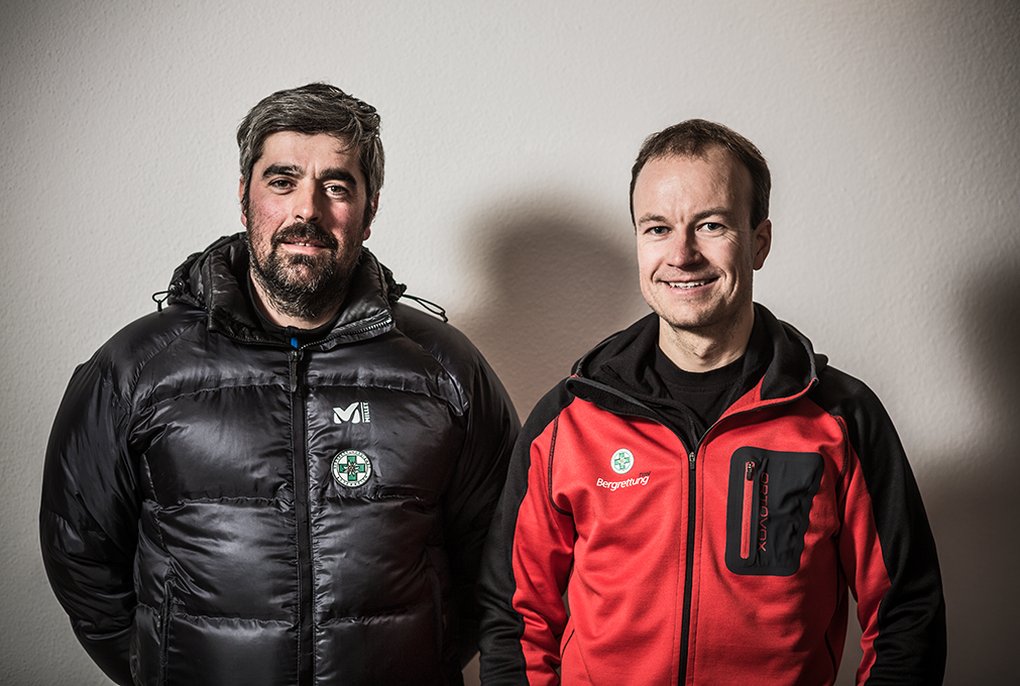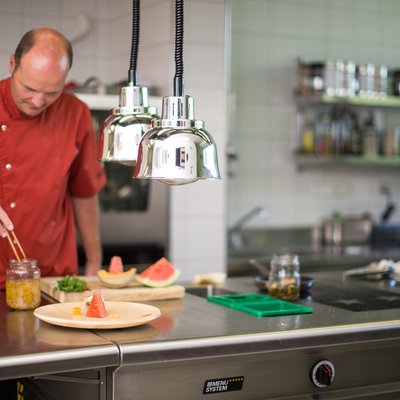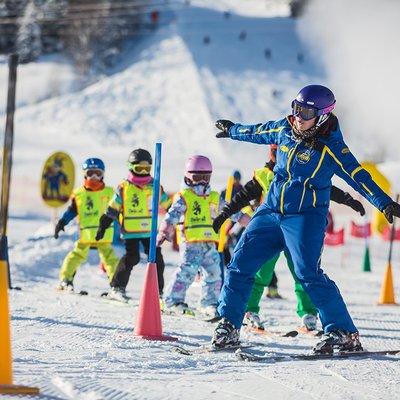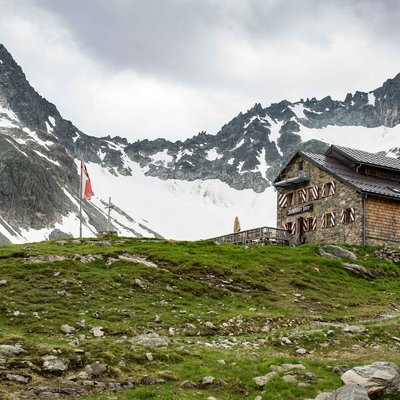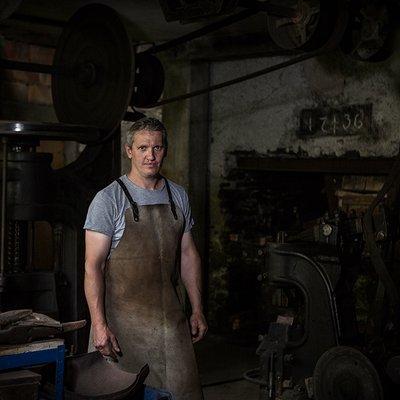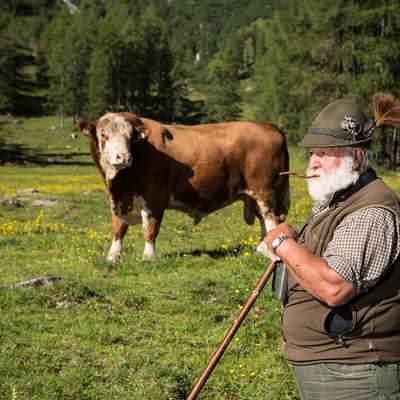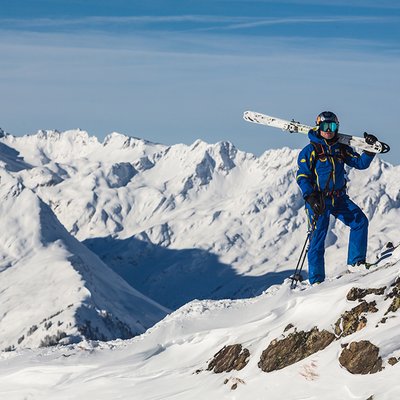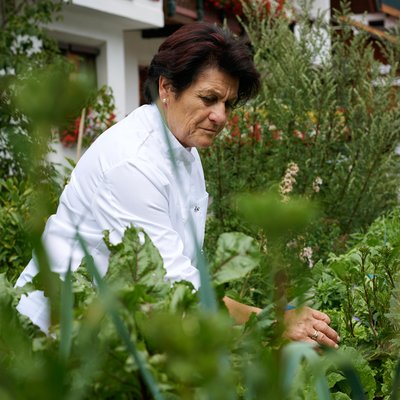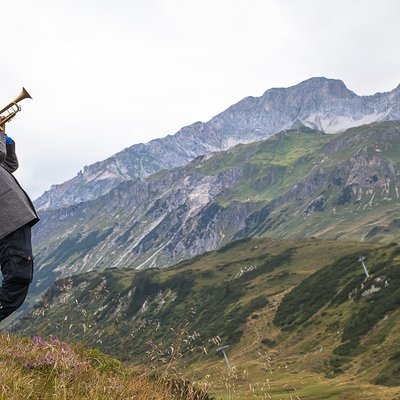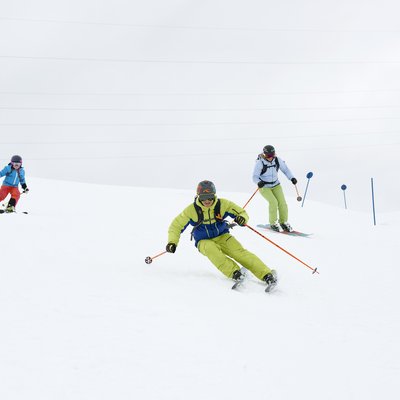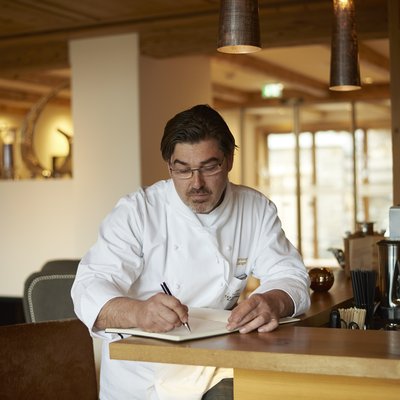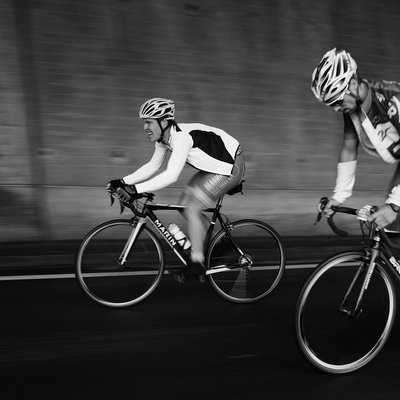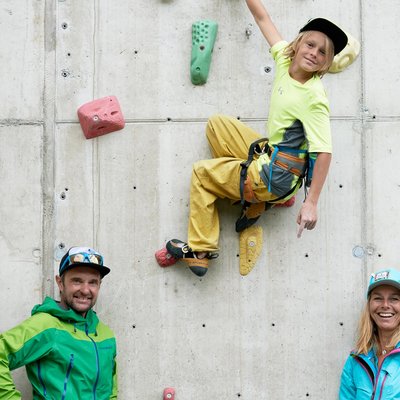Mountain Rescue Is No One-Man Show
The members of St. Anton's mountain rescue team are ready to help at a moment's notice – and they are all volunteers!
They dedicate a large amount of their free time, have completed a series of demanding training courses, and are on-duty basically around the clock. They've made special arrangements with their employers, who allow them to rush to emergencies on the spot. And they gladly go through all of this on a voluntary basis, without any pay. We are talking about the many honorary mountain rescue workers in the Alps, particularly those from St. Anton's local unit. It boasts almost 80 members, 50 of whom are active rescuers. We met the head of the St. Anton unit Kurt Hüttl and head of operations Ferdinand Alber to talk about the motivation, camaraderie, and their experiences in mountain rescue.
A straightforward question off the bat: Why would someone sacrifice their spare time to join the mountain rescue?
Kurt Hüttl: That is a difficult question to answer; I guess it is a combination of love for the mountains and the desire to help.
Ferdinand Alber: I'm convinced that wanting to help others is essential. If you don't feel that passion, you won't do it.
There is also a ski patrol unit in St. Anton. How do the mountain rescue's tasks differ from theirs?
Hüttl: In winter, we are mainly called to avalanche rescues or when someone crashes and hurts themselves after 5 pm, when the regular ski day is over. Moreover, we conduct search & rescue operations in both winter and summer. Particularly in cases where people need help in places where helicopters can't go. We also assist during and after natural disasters. In addition to our core tasks, we also provide emergency services for local outdoor sporting events (downhill ski races, mountain bike tournaments, mountain marathons, etc.).
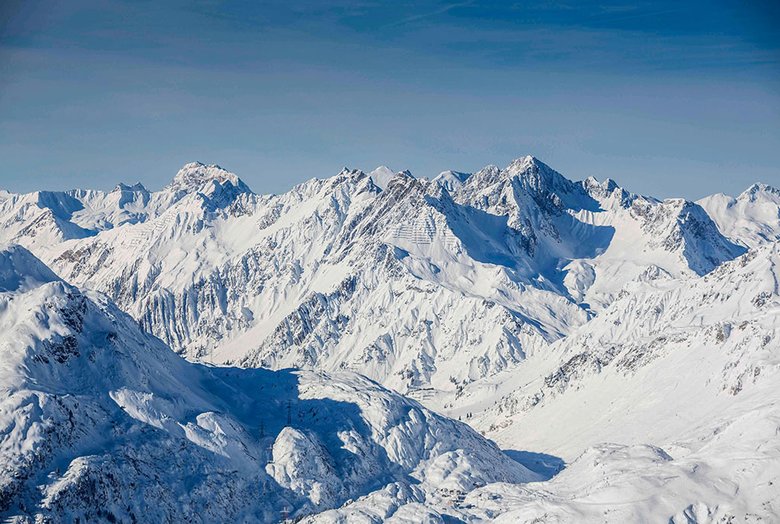
All these tasks require specific and demanding training.
Alber: Nowadays, yes. This kind of professionalism became widespread when we joined (around 2000/2002). Of course volunteers were trained before then, but mostly at the respective local unit only. Today the highly professional and standardized training courses are held at the Tyrolean mountain rescue's training centre in Jamtal. And rightly so – without properly trained volunteers, we could never do our job.
What does the training entail?
Hüttl: First, trainees spend sort of a trial year helping at the local unit. This is where they learn the basics. The year ends with an exam held by trainers from the Tyrolean mountain rescue board. After passing, contenders are admitted to the basic training course, which encompasses a winter and a summer course and includes basic medical training. All of these trainings take place at the Jamtal training centre. Both courses conclude in exams; if a trainee passes, he or she is a certified mountain rescue member who can attend further specialized training courses and workshops in Jamtal. Six manoeuvres held at the local unit each year are mandatory for active members of the mountain rescue.
Nearly all members of the St. Anton mountain rescue unit are volunteers – could you describe the process when they are called to an emergency?
Alber: We've all reached an agreement with our employers that we can leave our workplaces (more or less) on the spot in case of an alarm. As a head of operations I receive a text message from the Tyrolean control centre asking for a return call. We discuss what has happened and arrange a meeting point. After that all members receive a text message from the control centre with a summary of events and the meeting point. Everyone who can comes there as soon as possible. Two or three of us go to the control centre to man the radio and pick up a mountain rescue vehicle.
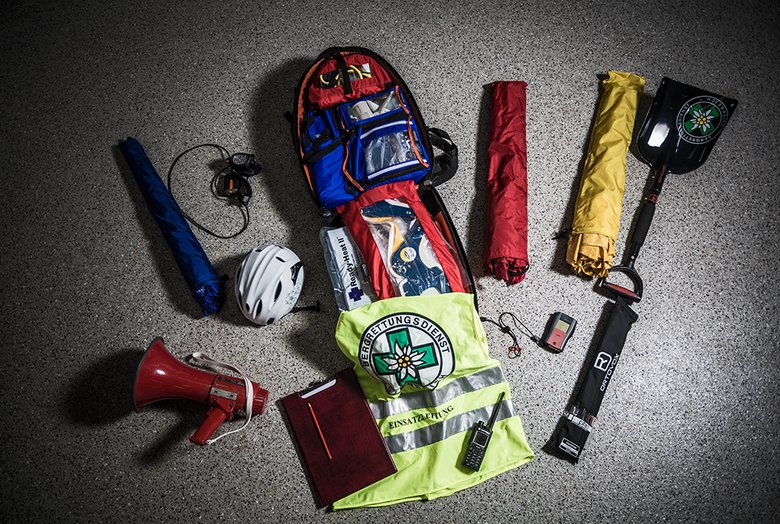
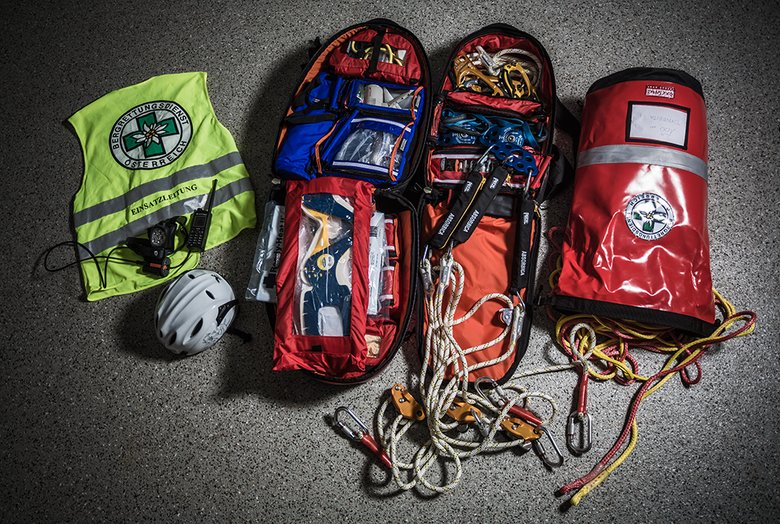
Founded in 1961, mountain rescue St. Anton can look back on a long tradition – is it an honour to be a part of it?
Hüttl: I am most definitely proud to be a part of it! I'm sure most of us feel this way, which explains why the camaraderie is so strong among us. This is a crucial factor because mountain rescue is teamwork, and never a one-man show. Everyone plays an important role, from the alpinist to the person who makes sure that a meal awaits us after the operation.
Is camaraderie also important for the success of an operation?
Alber: As head of operations I have to appraise the team and know who is best suited for a specific task. Of course this is much easier if you know each other well. That is why, in addition to our regular drills, we hold regulars' meetings once a month and go on group tours in the area.
Statistically speaking, a person buried by an avalanche must be rescued within 15 minutes. Chances of being found alive by mountain rescue after this period are quite slim.
Hüttl: Yes, unfortunately that is true. When an avalanche accident occurs, companion rescue – being saved by members of the party – is usually the only chance victims have. 15 to 30 minutes pass between the moment we are notified and our arrival on site – if the helicopter can get there. Otherwise it can take 60 to 90 minutes until we get to the avalanche track.
Alber: Everything has to go perfectly for a mountain rescue team to actually recover survivors. The odds improve if the victim has an air bubble, or top-notch equipment, or is just very lucky.
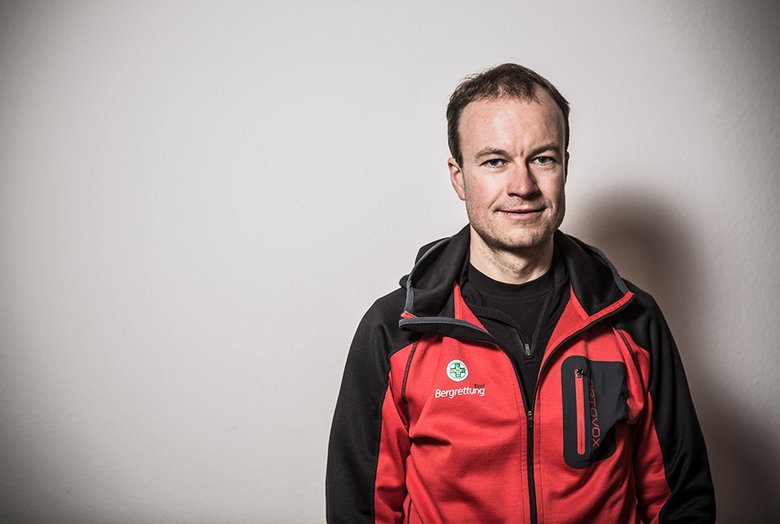
Kurt Hüttl
There must be quite difficult moments – what strategies help your team cope?
Hüttl: The most important thing is also the simplest one: We gather after an operation and talk about it. This helps everyone process what they've experienced. We can also call in a professional crisis intervention team from the Red Cross if necessary.
Does this happen after each operation?
Alber: There is always a debriefing session. Everyone is thirsty and hungry anyway, so we all get together and discuss: What went well? What needs improvement? What is weighing down on me? We also consult the crisis team when necessary.
Would you say that people – particularly when they have excellent equipment – are more willing to take risks nowadays?
Hüttl: Of course there's always the chance that someone will think, "I usually wouldn't go down here, but I've got an airbag, so I'll do it". In general, however, I believe that good equipment helps prevent accidents or at least makes them less severe. However, this only works if the person has thoroughly dealt with their safety equipment and can handle it with their eyes closed. Without knowledge, even the best equipment is useless. It is difficult to tell whether people have become more willing to take risks. To me it seems more like people have lost their sense for the environment, they have become more impatient and often overrate their abilities. They watch a few free-ride clips where real pros ski a perfect line in untouched terrain and think, "I have to do this, too!". Every run has to be steeper, faster, more extreme. What I like to call the 'comprehensive cover mentality' also plays into this attitude. It means that some people believe that wherever they are and whatever happens, they can simply pull out their mobile and help will arrive within a few minutes. This misconception can be very dangerous, for sometimes we cannot arrive on site immediately or at all because it is objectively unsafe for us. Also, there are still several areas where there is no mobile reception.
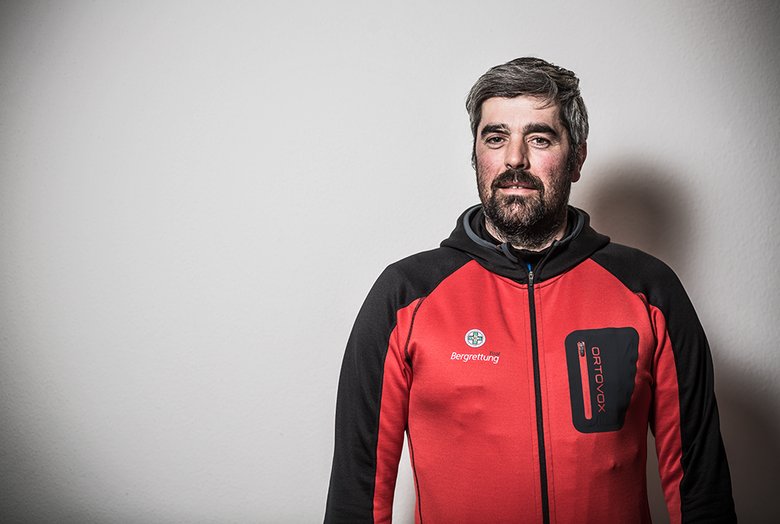
Ferdinand Alber
Does the mountain rescue do any prevention work?
Alber: Our task is primarily search and rescue. Mountaineering clubs are mainly responsible for working in prevention, like offering workshops or organizing awareness events. So prevention is not our main focus. Of course some of our work has to do with it, for example when we take part in events where basic first aid or companion rescue methods are taught. Learning about and mastering safety equipment and various rescue techniques is also a form of prevention that we support.
Text: Matthias Köb // friendship.is
Photos: Heiko Mandl // friendship.is
March 3, 2017

